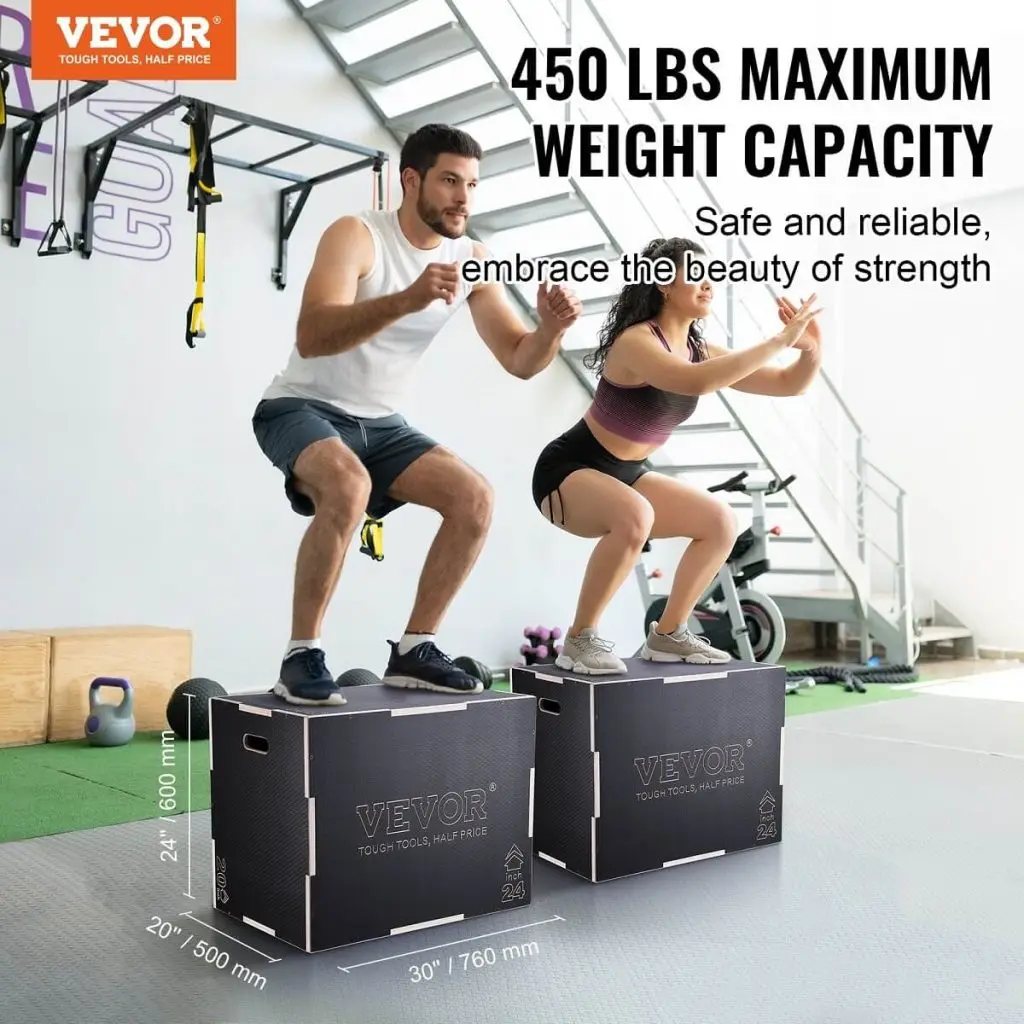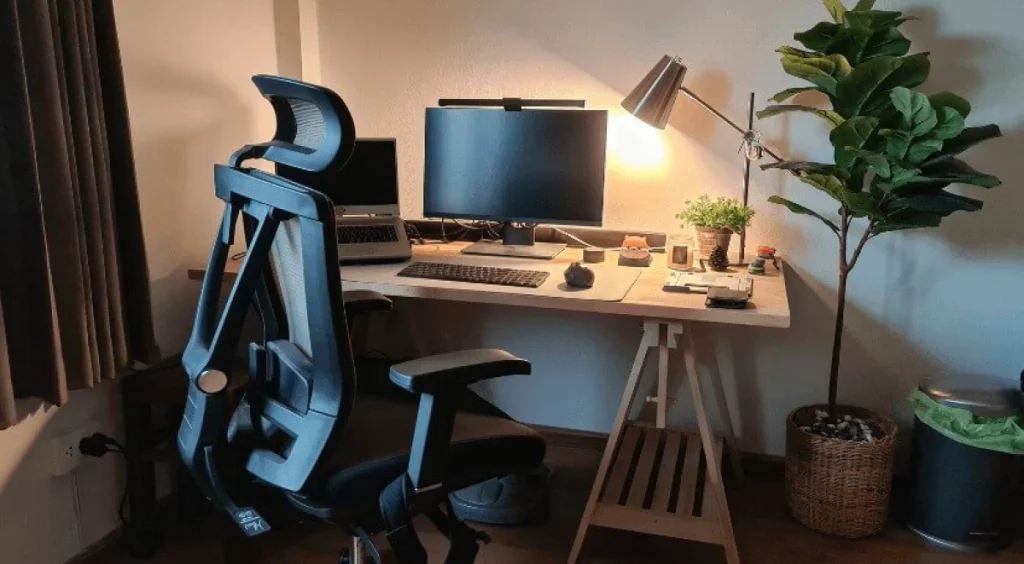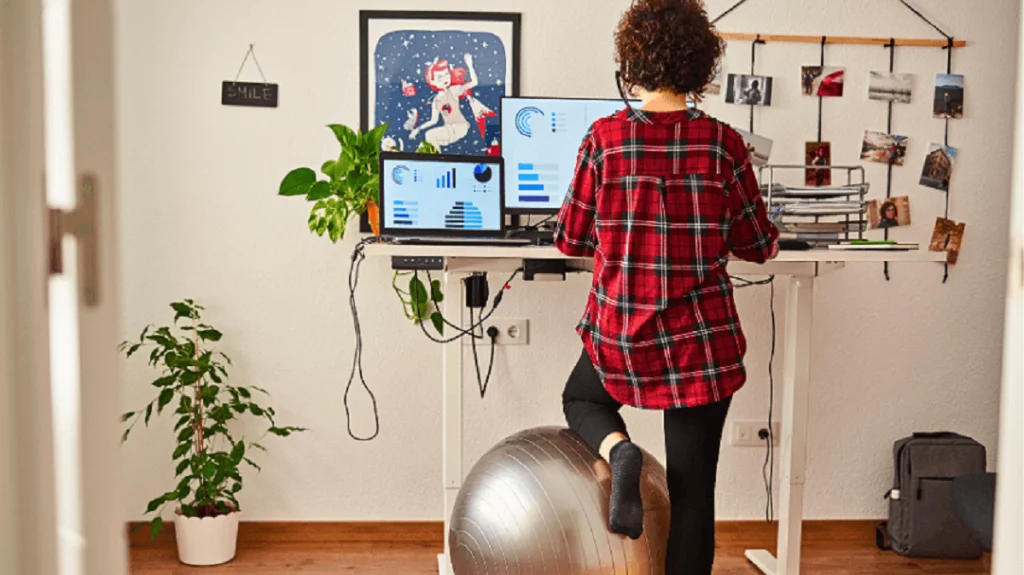If you’re a fitness junkie or actively involved in sports, aiming to increase your strength, endurance, and performance, you could consider getting yourself a plyo box.
Plyo boxes, also known as plyometric boxes, are commonly found in the gym designed for jumping and other explosive movement exercises like burpees. These boxes, used for plyometric exercises, help to improve the speed and power of athletes. Before starting with a plyometric box, there are a lot of factors to consider.
One of such important factors is how to select the right size for you. This is vital because going for the wrong plyo box sizes could be a safety threat and can reduce the effectiveness of your workout routines. In this guide, we will put you through everything you need to know about making the best decisions and choosing the right size box for you.
Table of contents
What is a Plyo Box?
Plyometric boxes are sturdy tools that resemble mini tables commonly found in the gym to cater for exercises that require jumps, step-ups, and other similar varied movements.
Definition and Purpose of Plyo Boxes
Plyo boxes are raised platforms used for plyometric training or high-intensity workouts like jumps, step-ups, and burpees. All of these exercises can be done without the box, but when you include it in your workout, it gives you leverage to target specific muscles, as well as increased safety, while carrying out these exercises.
For athletes who play basketball, football, or prefer running, plyometric exercises help to improve your sprints as well as vertical jumps, leading to enhanced performance, agility, and speed.
These boxes have a stable surface usually made of real wear-resistant material, which provides safety and control for repetitive jumping movement. Regular participation in these exercises using this box will improve overall coordination.
Common Materials Used in Plyo Boxes
Plyo boxes are available in different kinds of materials, which provide different levels of convenience depending on the user’s fitness level and preferred exercise. Regardless of the material, they all provide unique benefits based on how they’re constructed.
- Wood: Plyo boxes made from high-quality wood with an internal support, strong enough to withstand the resistance from high intensity movement without deforming or wearing out. They are highly versatile, as they can be used in different environments, like at home and professional training camps. Although highly durable wooden plyo boxes are heavy, they are not portable and require adequate maintenance.
- Foam: Plyo boxes made from foam and covered in vinyl are much more tender on the human body as they provide a better cushion and extra safety. They are great for beginners or people who are recuperating from illness for carrying out low-impact exercises and providing convenience for the user.
- Metal: Metal plyo boxes are made from steel and, as such, support heavy weight and are highly durable. This is the box of choice for advanced fitness enthusiasts and athletes. They are usually coated to protect against the effects of corrosion.
Types of Plyo Boxes Available
Plyometric boxes come in different sizes and heights. Three most common ones include:
- Fixed Height Boxes: These come in one height that cannot be adjusted, and are used consistently in training centers.
- Adjustable Boxes: As the name implies, these boxes can be adjusted to various heights, depending on convenience, and as such provide versatility.
- Stackable Boxes: These boxes can also be adjusted by adding two or removing one from the stack, making it easy to customize them to your needs.
Why Plyo Box Sizes Matter
If you work out at home and you are not sure what plyo box sizes to buy, there are different factors you have to consider. Here are the reasons why the size of your plyo box matters.
Safety Considerations for Different Box Heights
The first consideration is safety. Your safety should be your number one priority while using this tool. If you are a beginner or are not very tall, it’s best to choose one that is not high, as higher boxes can increase your risk of injury. In the same vein, a box too low will have lower effectiveness and not target the specific muscle groups you’re interested in.
Performance Enhancement with Proper Box Sizes
When you choose the right plyometric box sizes for your body and your fitness level, it makes all the difference in regards to performance. With the proper box jump sizes, you can target all the right muscles, optimizing workout time. Over time you get better at jumping and become even stronger, causing you to move on to more challenging boxes and ultimately progress in your fitness journey.
Versatility in Training with Various Box Dimensions
Having these boxes in various sizes comes with its own benefits. As you advance from beginner to pro, it will help meet your needs at various stages of your journey. There are also some limitations that come with different sizes. For instance, a short box can be used for challenging exercise and vice versa. Thus, having a variety of boxes can make your exercises have more spice.
Common Plyo Box Dimensions and Their Uses
Here are the most common box jump dimensions and how the difference in dimension plays a role in its use.
12-Inch Plyo Box: Ideal for Beginners
If you have no experience using these tools, you can start with the 12-inch box. It allows for beginner-simple to moderate exercises — all you need to increase your intensity and stay safe while practicing as a beginner.
18-Inch Plyo Box: Intermediate Level
If you have had a bit of experience using the 12-inch box, and you’d like to become the next best you can be, try an 18-inch box.
24-Inch Plyo Box: Advanced Training
For expert-level athletes, and die-hard fitness enthusiasts who want to try on new high-intensity exercises to improve their agility, the 24-inch is ideal.
Customizable Options: Adjustable and Stackable Boxes
If you need a box that is easily customized, especially if you have people of different fitness levels using the same tool. The stackable and adjustable plyometric boxes are amazingly versatile and cater to the needs of athletes regardless of their experience level. It also means there is no limitation to the kind of exercise you can do on these.
How to Choose the Right Plyo Box Size
The size of your plyo box makes all the difference in terms of the benefits you’re getting from your workout. If you’re currently pondering on what size to buy, here are some of the factors you should consider.
Fitness Level and Training Goals
What stage are you currently in as regards to your fitness level? If you’re just starting out, your focus might be on building ground strength and improving coordination. For this, you need a short box to help you learn the ropes as well as keep you safe from injuries.
As you become more experienced, you can try challenging exercises using higher boxes to improve overall performance, or agility in preparation for a competition.
Types of Exercises Performed
If you need the tool for low-intensity exercises, like basic drills and step-ups, it would be best to try out slower boxes. However, if you’re interested in more advanced exercises, the higher box jump box dimensions were designed to withstand the pressure, especially from high-intensity jumps and other explosive exercises.
Space and Storage Considerations
You also have to consider room for storage. If you have ample space, you’d have no problem with a 24-inch plyo box. However, if you have limited space, you could consider adjustable and stackable boxes, which can easily be put away when not in use.
Budget and Durability
The price range for plyo boxes differs depending on quality and durability. It’s generally better to opt for higher-quality boxes even though they might be a bit pricey, as they last longer and offer better long term benefits compared to low quality boxes that might require a lot more maintenance.
Box Jump Dimensions and Techniques
There are different techniques for landing for a safe jump depending on the plyometric box dimensions. We discuss more about this below.
Proper Form and Technique for Safe Jumps
There’s a technique to every exercise, including box jumps, which is why maintaining the right form is crucial to avoid injury.
For safe jumps, stand shoulder-width apart, in front of the plyo box. With a slight bend in your knees, make the jump as you extend your legs fully while you land on your plyometric box. Upon landing, the knee should be slightly bent to distribute the impact force.
Always engage your core to stay centered; it prevents you from leaning too far forward or backward and reduces stress and strain.
Scaling Jumps According to Plyometric Box Dimensions
It is important to select the right plyometric box dimensions for your workout. If you are a beginner, start with lower boxes like the 12-inch box that allow you to master the foundational techniques.
As you become better, you can progress up to 18 inches gradually, then to pro-level 24 inches. This slow, but steady way of growing and training will help your body adjust to the rigorous activity you are engaging in. With time, you become stronger, have better balance, speed, and confidence.
Avoiding Common Mistakes and Injuries
With sports and increased intensity exercises, there is a high risk of injury. However, you can minimize that risk level using the tips below.
- A major mistake newbies usually make is jumping, using a box too high for their current skill level. When this happens, the landing is faulty, and injury is bound to happen.
- Sometimes you can have the right plyometric books, but if your form and landing technique don’t aim for a soft landing, you’ll put more stress on your knees and ankles. Also, controlled arm movement is essential, especially for higher heights.
- The key to a happy workout is listening to your body. If you feel discomfort or pain. If you’re doing plyometric exercises for a goal, it can be rewarding to invest in a fitness professional.
Recommended For Your Project
Why Choose VEVOR Plyo Jump Boxes?
Plyometric boxes are meant to be highly durable, high-quality, easy to store, and should be versatile for a wide range of exercises. The VEVOR Plyo box offers all these and more.

Overview of VEVOR Plyo Box Features
VEVOR offers a range of plyometric jump boxes made with high-quality, long-lasting materials designed to support every user’s individual needs.
The VEVOR 3-in-1 Plyometric Jump Box is versatile since it comes in three heights: 30, 24, and 20 inches. Although made from wood, it has an anti-slip surface that helps minimize injury and stress during workouts. It also comes with a manual that contains all you need to know about storage and assembly.
The VEVOR Stackable Plyometric Box Set is a collection of different boxes that come in different heights ranging from 6 to 24 inches. Depending on the need of the user, the boxes can be stacked against each other for convenience in use and storage. For extra safety, the edges of each box are rubberized.
Benefits of VEVOR Plyo Boxes for Different Fitness Levels
The obvious advantage of VEVOR plyo boxes is in their ability to cater to users regardless of skill level. So whether you are a beginner or a gym rat, VEVOR has something to offer for effective training.
Safety is the number one concern for all VEVOR plyo boxes. Each plyometric box was carefully designed to reduce any form of accident or workout impact on your knees, ankles, and spine. They are also designed to be light, making them easy to carry with minimal effort and ensuring they do not occupy a lot of space.
Customer Reviews and Feedback
VEVOR plyometric boxes have received a handful of positive reviews from people who have purchased these workout tools. Many users highlight their unique advantages and safety features. Here are some of the reviews from the website.
‘‘I bought these to help my daughter out with track & field and her high jump. Only thing that I would change would be to add weight to the base. Other than that pretty nice product.’’ – sam1
‘‘Amazing quality, excellent purchase, great value.’’ – Karina Quintero
‘‘Buen material, fuerte, resistente.’’ – Roxan Tucker
‘‘Wish it was a little taller but overall sturdy and was easy to put together.’’ – Sontae Flowers
FAQs About Plyo Box Sizes and Training
Here are some of the most frequently asked questions by beginners looking to purchase a plyometric box.
What Size Plyo Box Should I Get for Beginners?
Every beginner should start with lower inches, like the 6- to 12-inch plyobox. Going for a box designed for their skill level will help to build confidence while exercising.
Can I Use One Plyo Box for All Exercises?
Yes, you can use one plyo box for several exercises if they are adjustable or stackable. If you can easily customize the height, that would be great for jumps and other explosive exercises for individuals with different skill sets.
How to Maintain and Care for Plyo Boxes?
Regular inspection is necessary to prevent damage from long-term use. Always clean your box at least weekly if you use it a couple of times a week. The frequency of maintenance depends on its frequency of use.
Conclusion
With all the tips in this guide, selecting the right dimensions for box jump should be a walk in the park. The different factors you have to consider include your experience level, the goal of exercising, ease of use, and storage.
Generally, boxes of adjustable heights like the VEVOR stackable plyo box set are preferred, especially if you’re a beginner and you’d like to improve your performance over time. Always remember to select high-quality and durable material and put your budget in consideration before making your choice.





